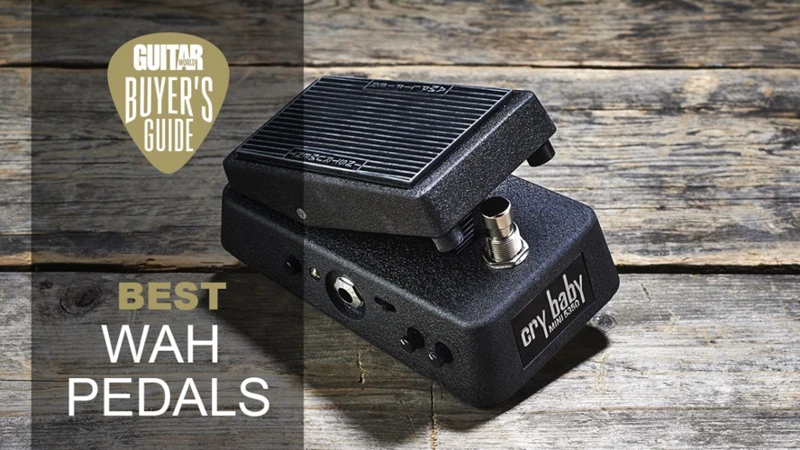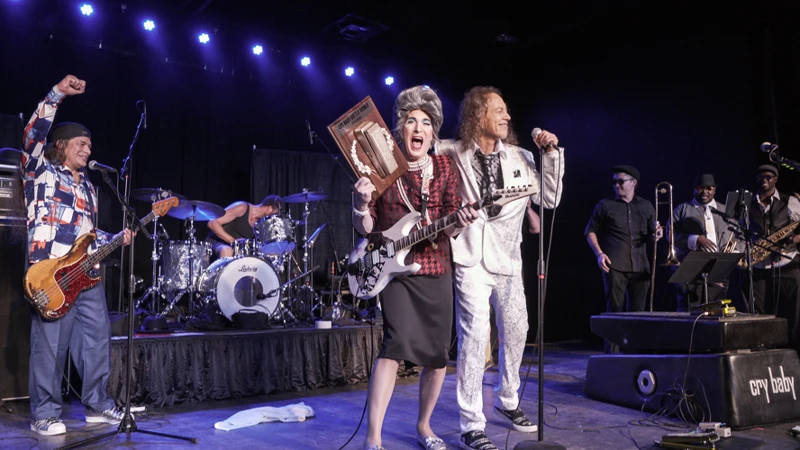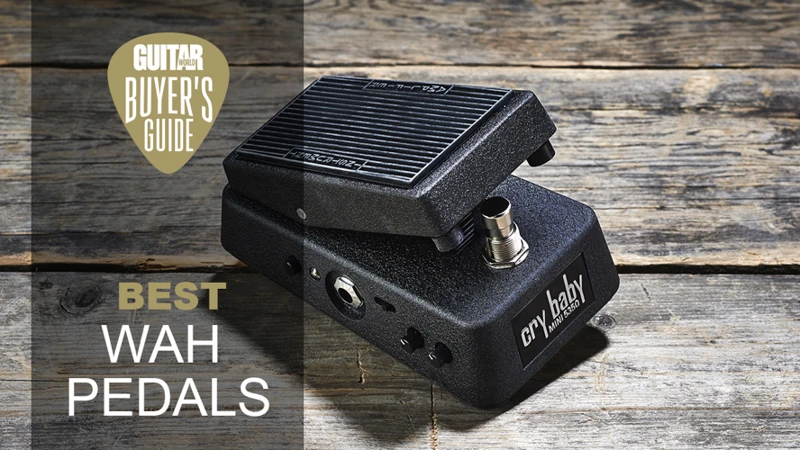Country music is a genre that is deeply rooted in American culture, known for its distinctive sound and heartfelt lyrics. One of the key elements that contribute to the unique sound of country music is the pedal steel guitar. This instrument, with its sliding steel bar and signature twang, has been a staple in country music for decades. And when it comes to enhancing the sound of the pedal steel guitar, one essential tool that many players rely on is the country wah pedal.
What is a Country Wah Pedal?
A country wah pedal is a type of effects pedal that is used to manipulate the sound of a guitar, particularly the pedal steel guitar, by altering the tone and creating a distinctive “wah” effect. This effect is achieved by the pedal’s rocking motion, which sweeps through a range of frequencies and adds a vocal-like quality to the sound.
Wah pedals have been popular in rock and blues music for years, but they have also found a niche in country music, where they are used to add expression and dynamics to the pedal steel guitar’s sound. Country wah pedals come in various shapes and sizes, with different features and tonal characteristics, allowing players to customize their sound to suit their playing style.
History of Country Wah Pedals
The origins of the wah pedal can be traced back to the 1960s, when it was first introduced as a way to mimic the sound of a muted trumpet. Guitarists quickly adopted the pedal for its expressive capabilities, and it became a staple in the arsenal of many players, including those in the country music scene.
In country music, the wah pedal gained popularity in the 1970s and 1980s, thanks to pioneering players like Buddy Emmons and Lloyd Green, who incorporated the pedal into their playing to create new and innovative sounds. Their use of the wah pedal helped to push the boundaries of traditional country music and paved the way for future generations of players to experiment with different effects and tones.
Types of Country Wah Pedals
There are several types of country wah pedals available on the market, each offering its own unique features and tonal characteristics. Some of the most popular types of country wah pedals include:
1. Dunlop Cry Baby
The Dunlop Cry Baby is one of the most iconic wah pedals in the world, known for its classic sound and rugged construction. It has been a favorite among country players for its smooth sweep and responsive feel, making it ideal for adding a touch of expression to the pedal steel guitar’s sound.
2. Morley Maverick
The Morley Maverick is a modern take on the traditional wah pedal, featuring a switchless design and optical circuitry for a smooth and seamless operation. It is popular among country players for its reliability and versatility, allowing for precise control over the wah effect.
3. Xotic XW-1
The Xotic XW-1 is a boutique wah pedal that offers a wide range of tonal options, from classic to modern wah sounds. It features adjustable Q and bias controls, allowing players to fine-tune the wah effect to their liking. The Xotic XW-1 is favored by many country players for its versatility and sonic flexibility.
How to Use a Country Wah Pedal
Using a country wah pedal is relatively straightforward, but mastering its nuances takes practice and experimentation. Here are some tips for getting the most out of your country wah pedal:
1. Find the Sweet Spot
Experiment with the pedal’s sweep range to find the sweet spot that complements your playing style. The wah effect can vary depending on how far you rock the pedal, so take the time to explore different positions to discover the sound that works best for you.
2. Use It Sparingly
While the wah pedal can add a dynamic element to your playing, it’s important not to overuse it. Reserve the wah effect for moments where you want to add emphasis or expression to your playing, rather than using it constantly throughout a song.
3. Experiment with Settings
Don’t be afraid to experiment with the pedal’s settings to create unique sounds and textures. Adjust the Q and bias controls, try different pedal movements, and explore how the wah effect interacts with other pedals in your signal chain to unlock new sonic possibilities.
Benefits of Using a Country Wah Pedal
Using a country wah pedal can offer a range of benefits to pedal steel guitar players, including:
1. Expressive Playing
The wah pedal allows players to add expression and dynamics to their playing, mimicking the vocal-like qualities of the pedal steel guitar. By manipulating the pedal, players can infuse their playing with emotion and nuance, creating a more engaging and dynamic performance.
2. Tonal Variety
The wah pedal opens up a world of tonal possibilities, allowing players to explore different sounds and textures. From subtle sweeps to dramatic wah effects, the pedal can help players to create unique tones that set them apart from the crowd and enhance their overall sound.
3. Creative Freedom
By incorporating a wah pedal into their setup, pedal steel guitar players can unleash their creativity and experiment with new sounds and techniques. The pedal can inspire players to think outside the box and push the boundaries of traditional country music, leading to fresh and innovative musical ideas.
Looking to enhance your country guitar sound? Explore our articles on country guitar effects pedals, country guitar fuzz pedals, tube amps for country guitarists, common effects pedals for country electric guitar playing, and country icons and their electric guitars for valuable insights and tips to level up your playing!
Conclusion
Country wah pedals are a versatile and expressive tool that can enhance the sound of the pedal steel guitar and add a unique touch to country music performances. With a wide range of options available, from classic models to modern designs, players can find a country wah pedal that suits their playing style and helps them to unlock new sonic possibilities. Whether you’re looking to add expression, dynamics, or tonal variety to your playing, a country wah pedal is a valuable asset that can take your music to the next level.




